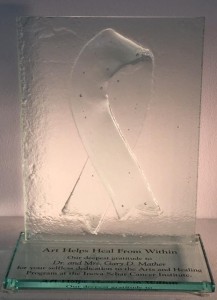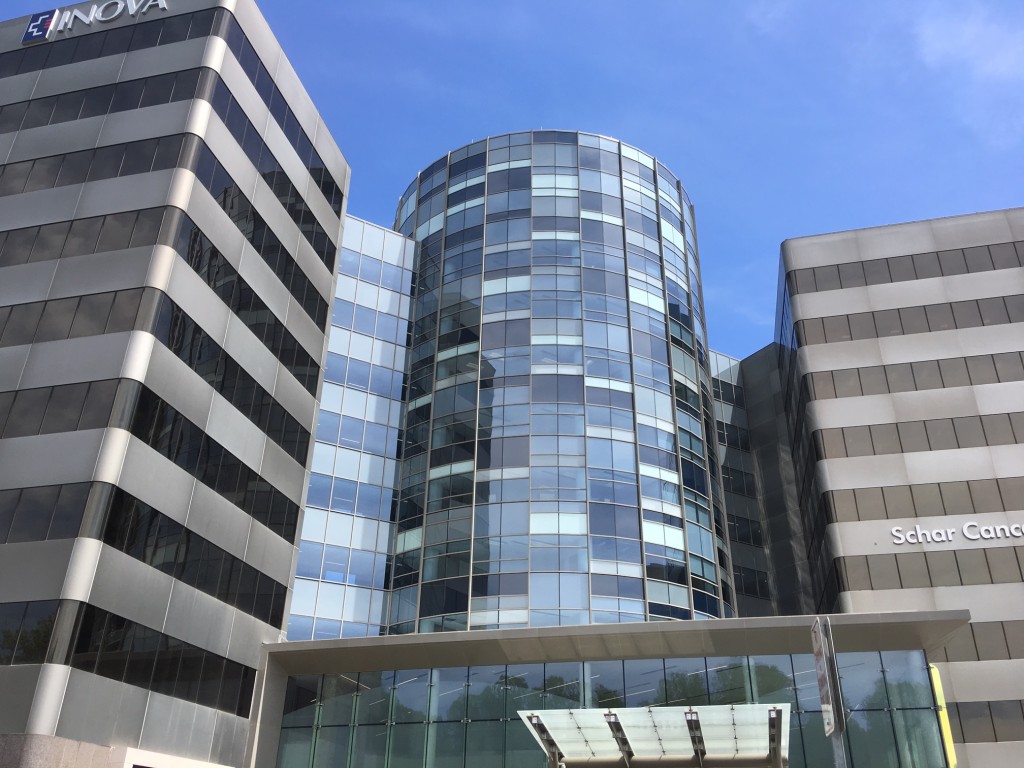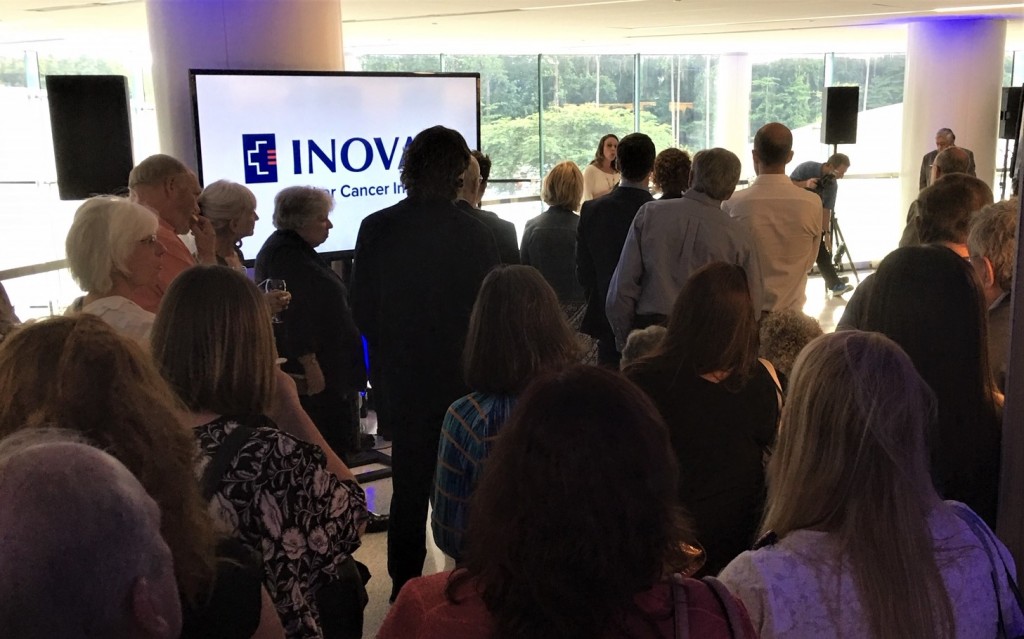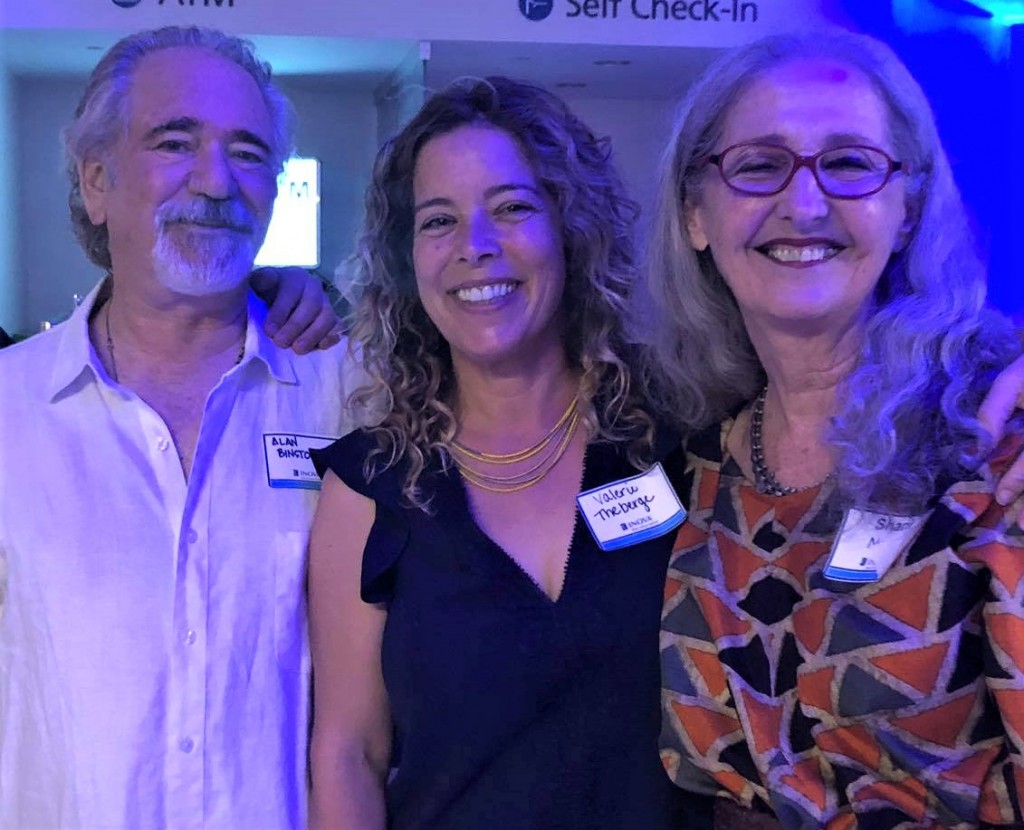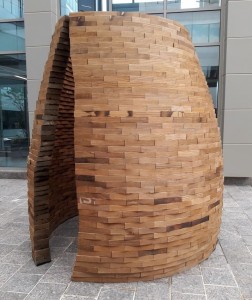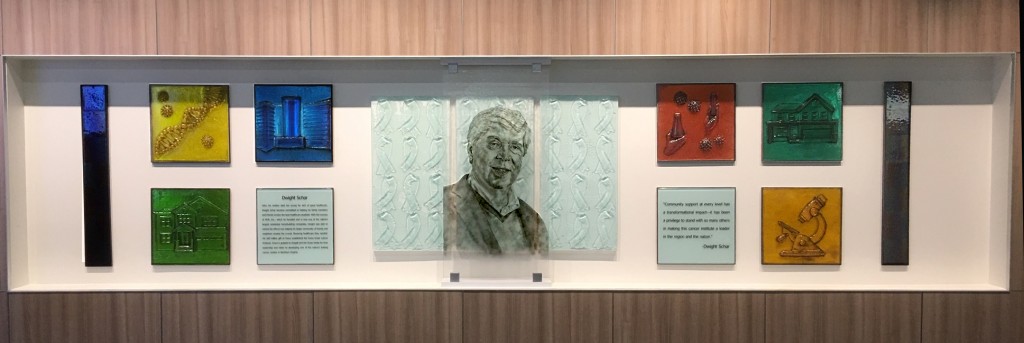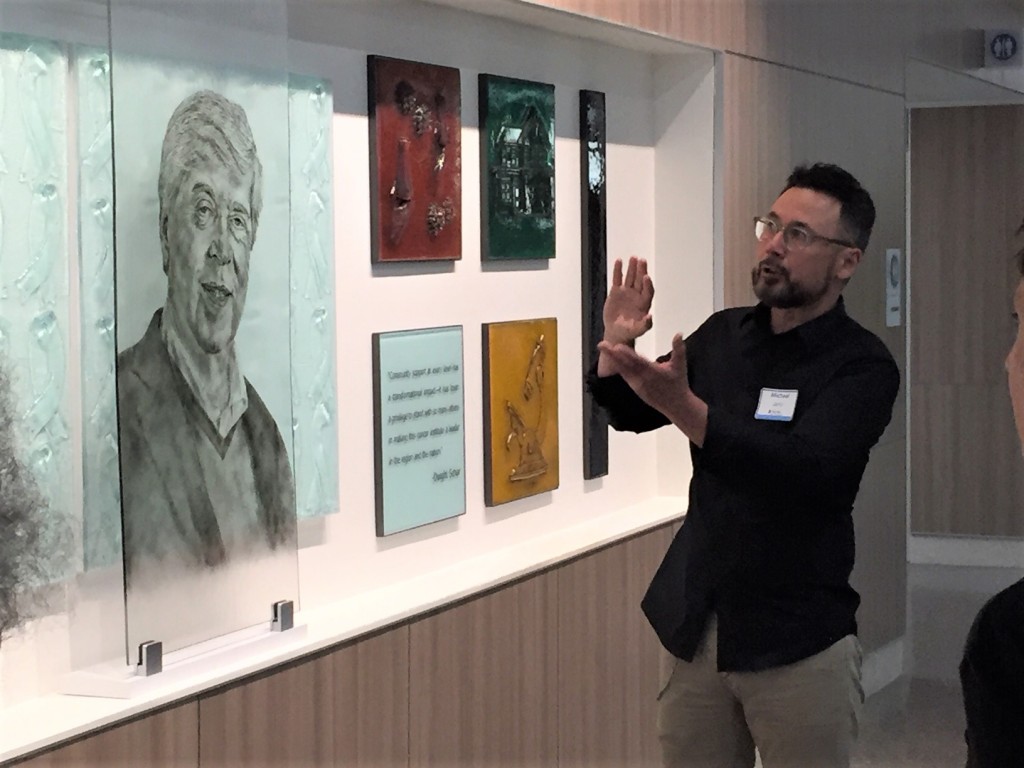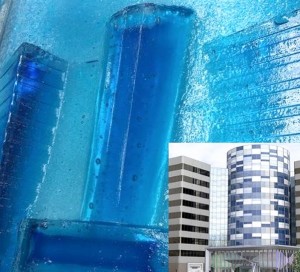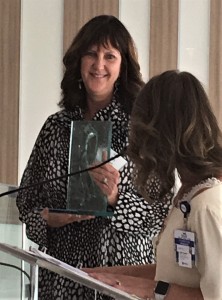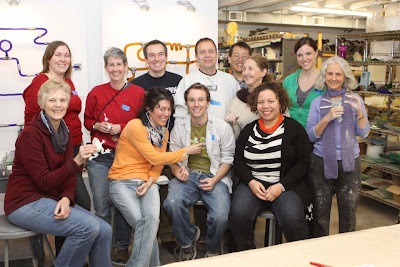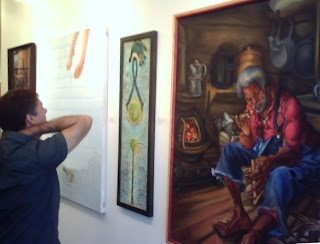The dedication of the Joan Hisaoka Healing Arts Gallery at the Inova Schar Cancer Institute in Fairfax, VA took place Monday, July 8.
The Arts & Healing Program at the Inova Schar Cancer Institute, a department of Inova Fairfax Hospital, is a collaboration with the Smith Center for Healing and the Arts, and uses art in its many forms to help support people in treatment and recovery and their loved ones. This innovative program includes a robust permanent art collection and ongoing exhibitions, performing arts events, and other workshops.
- Opening dedication ceremony of the Arts & Healing program at the Inova Schar Cancer Institute.
The Arts & Healing Program is a resource for families, loved ones and the community to support Inova Schar’s core mission and philosophy to provide patient-centered care. New acquisitions and special site-specific artworks many DC area artists – including WGS’ Michael Janis, Tim Tate, and Allegra Marquart are in the new collection as well as works by Foon Sham, Valerie Theberge, Alan Binstock, Wendy Ross, and Susan Hostetler.
The Joan Hisaoka Healing Arts Gallery at Inova Schar Cancer Institute is dedicated to exhibiting fine art that explores the innate connection between healing and creativity. Through a rotating exhibition schedule, the gallery features contemporary artists that address a diversity of significant themes, including spirituality, social change, multiculturalism, health, environmentalism and community.
One of the large commissioned artworks is a site-specific installation work by glass sculptor Michael Janis. The Washington Glass School blog has asked Michael to outline the work’s meanings and the processes he used to create the monumental recognition wall.
Inspired by the story of Dwight Schar, founder and chairman of homebuilding and mortgage giant NVR, and donation by he and his wife to develop the cancer research institute that now bears their names, I worked at creating glass pieces that have both visual and spatial depth. Mr Schar’s mother died very young, lacking of good healthcare, and Mr Schar saw the creation of a cancer center and affording them the equipment and facilities needed to advance their treatments and research as a way to repay the community that supported his home building company.
The artwork installation is a tribute to his history and largesse. A rendering of Dwight Schar made of crushed glass powder overlaps cast glass squares that depict references homes and community, as well as the advancements that science and research could bring to the world. In the center of the artwork installation, cancer awareness ribbons are the focal point, in its natural clear state, allowing all symbolic cancer awareness colors to be seen within. The end framing panels are a special iridescent glass that has many colors that shift intensity depending on the viewer perspective.
The central portrait of Mr Schar is made from crushed black glass powder. The fine powder was carefully manipulated with scalpel and brushes to form the detailed likeness and took many hours and kiln firings to complete.
The clear glass ribbons have become the symbol of the new Inova Schar Institute – and Washington Glass School was later commissioned to make smaller versions of the ribbons as commemorative sculptures for valued benefactors and volunteers to the new Cancer Center. 